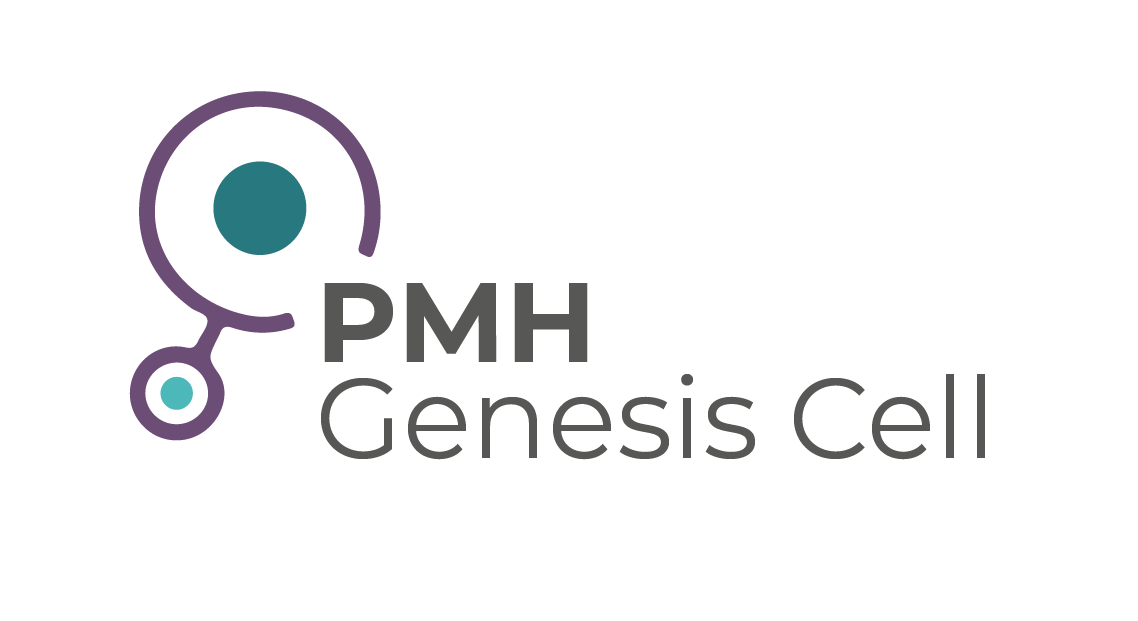MRI Scans
Steps Involved in IVF:
Procedure Description
Magnetic Resonance Imaging (MRI) is a non-invasive imaging technique that uses powerful magnets, radio waves, and a computer to produce detailed pictures of the internal structures of your body. This diagnostic tool is critical for identifying a wide range of conditions, from tumors and strokes to joint and muscle conditions. Unlike X-rays and CT scans, MRI scans do not use ionizing radiation, making them a safer option for many patients, including pregnant women and those with certain allergies or kidney issues.
The importance of an MRI scan cannot be understated when it comes to diagnosing and planning treatment for a variety of medical conditions. From neurological disorders to musculoskeletal problems, the MRI provides healthcare professionals with the data needed to make accurate assessments. The procedure is usually recommended after other diagnostic methods have been exhausted or are inconclusive. It’s a crucial tool in modern medicine that can save lives or significantly improve the quality of life for those with chronic conditions.
Not only is the MRI an invaluable diagnostic tool, but it also offers flexibility in the kinds of images it can produce. Whether it's a detailed image of a complex joint like the knee, or a sequence that maps out neural pathways in the brain, the capabilities of MRI technology make it indispensable for a myriad of diagnostic needs. It can provide cross-sectional images in any plane, and it can also create three-dimensional reconstructions.
Procedure Duration
The duration of an MRI scan can vary greatly depending on what part of the body is being examined and whether a contrast material is used. Generally speaking, most scans take between 30 to 60 minutes to complete. During the procedure, the patient will be required to lie still in a tube-like machine. The experience is relatively comfortable, although some people might experience feelings of claustrophobia. Soundproof headphones or earplugs are usually provided as the machine can be quite loud when operating.
After the scan is completed, there is essentially no recovery time. You can usually resume your normal activities immediately. If a contrast material was used, you may be instructed to drink plenty of fluids to help flush it out of your system, but this is generally the extent of any "recovery."
In some cases, the results are available within a few hours, but it can also take a day or two for the images to be analyzed and reported by a qualified radiologist. While waiting times for results may be a concern for many patients, it’s crucial to remember that accurate interpretation is vital for effective treatment planning.
Benefits
- Cost Savings: Traveling abroad for an MRI scan can result in significant cost savings, even when factoring in the cost of travel and accommodations.
- Advanced Technology: Some countries are known for their state-of-the-art medical facilities and cutting-edge imaging technology, which may not be readily available in your home country.
- Expertise: Specialized radiologists and medical staff who are experienced in complex cases.
- Shorter Wait Times: Unlike in countries with long healthcare queues, getting an MRI scan in a medical tourism destination can often be arranged more quickly.
- Holistic Experience: Many destinations offer a holistic medical tourism experience that includes post-scan consultations and even tourism packages.
Potential Destinations
- India: Known for high-quality healthcare services at affordable prices.
- Thailand: Renowned for its advanced healthcare system and modern imaging technology.
- Singapore: High standard of medical care and highly trained radiologists.
- Germany: Famous for its precision and technological innovation in medicine.
- Turkey: Rapidly growing as a center for medical tourism, with modern facilities and skilled healthcare providers.
Risks & Considerations
- Quality of Care: Ensure the facility is accredited and recognized for high standards in healthcare.
- Language Barriers: Make sure you can effectively communicate with your healthcare providers or have access to a translator.
- Travel Logistics: Consider the cost, time, and physical toll of travel, especially if you are dealing with an existing medical condition.
- Insurance Coverage: Check whether your insurance will cover procedures done abroad, or if you will need to purchase additional coverage.
How to Choose the Right Doctor and Hospital
- Certifications: Look for internationally recognized certifications and accreditations.
- Patient Reviews: Read testimonials and reviews from patients who have undergone the same procedure.
- Consultation: Arrange for a pre-procedure consultation to discuss any concerns or questions you might have.
- Technology: Check that the hospital uses up-to-date MRI machines and technology.
- Staff Expertise: Make sure the radiologists and technicians are experienced in the type of MRI scan you require.
To receive a free quote for this procedure please click on the link: https://www.medicaltourism.com/get-a-quote
Patients are advised to seek hospitals that are accredited by Global Healthcare and only work with medical tourism facilitators who are certified by Global Healthcare Accreditation or who have undergone certification from the Certified Medical Travel Professionals (CMTP). This ensures that the highest standards in the industry are met. GHA accredits the top hospitals in the world. These are the best hospitals in the world for quality and providing the best patient experience. Click the link to check out hospitals accredited by the Global Healthcare Accreditation: https://www.globalhealthcareaccreditation.com
Frequently Asked Questions
What actually happens during hyperstimulation of the ovaries?
The patient will take injectable FSH (follicle stimulating hormone) for eight to eleven days, depending on how long the follicles take to mature. This hormone is produced naturally in a woman’s body causing one egg to develop per cycle. Taking the injectable FSH causes several follicles to develop at once, at approximately the same rate. The development is monitored with vaginal ultrasounds and following the patient’s levels of estradiol and progesterone. FSH brand names include Repronex, Follistim, Menopur, Gonal-F and Bravelle. The patient injects herself daily.
What happens during egg retrieval?
When the follicles have developed enough to be harvested, the patient attends an appointment where she is anesthetized and prepared for the procedure. Next, the doctor uses an ultrasound probe to guide a needle through the vaginal wall and into the follicle of the ovary. The thin needle draws the follicle fluid, which is then examined by an embryologist to find the eggs. The whole process takes about 20 minutes.
What happens to the eggs?
In the next step, the harvested eggs are then fertilized. If the sperm from the potential father, or in some cases, anonymous donor, has normal functionality, the eggs and sperm are placed together in a dish with a nutrient fluid, then incubated overnight to fertilize normally. If the sperm functionality is suboptimal, an embryologist uses Intracytoplasmic Sperm Injection to inject a single sperm into a single egg with an extremely precise glass needle. Once fertilization is complete, the embryos are assessed and prepared to be transferred to the patient’s uterus.
How are the embryos transferred back to the uterus?
The doctor and the patient will discuss the number of embryos to be transferred. The number of successfully fertilized eggs usually determines the number of eggs to be placed in the uterus. Embryos are transferred to the uterus with transabdominal ultrasound guidance. This process does not require anesthesia, but it can cause minor cervical or uterine discomfort. Following transfer, the patient is advised to take at least one days bed rest and two or three additional days of rest, then 10 to 12 days later, two pregnancy tests are scheduled to confirm success. Once two positive tests are completed, an obstetrical ultrasound is ordered to show the sac, fetal pole, yolk sac and fetal heart rate.
Embryoscope©
Built into this technology there is a microscope with a powerful camera that allows the uninterrupted monitoring of the embryo during its first hours of life. In this way, we can keep a close eye on the embryo, from the moment when the oocyte is inseminated and begins to divide into smaller and smaller cells, until it can be transferred to the uterus.
Orthopedics Stem Cell
Knee
Research on mesenchymal stem cells regenerative properties in knee osteoarthritis. In these studies, researchers suggest that Stem Cell Therapy has the potential to regenerate lost cartilage, stop and reverse cartilage degeneration, provide pain relief, and improve patient mobility.
Shoulder
Stem Cell Therapy as an Alternative to Rotator Cuff & Shoulder Replacement Surgery. Stem cell therapy may offer an excellent alternative for patients looking to avoid shoulder joint replacement surgery, as well as many other surgical treatments for shoulder pain.
Ankle
If you suffer from chronic or acute ankle pain or instability due to arthritis, cartilage loss, ligament strain or tear, or tendon damage, then you may benefit from non-surgical stem cell treatments or stem cell-enhanced surgery.
Back Pain
Patients now have a minimally invasive option. Stem cell therapy for back pain and disc herniations can potentially repair the damaged disc or facet joint, restore function, rehydrate the disc, and ultimately alleviate chronic pain.
Anti-Aging Stem Cell
Hair Loss
Stem cell therapy and PRP therapy have been shown to be most effective for: Those in the early stages of hair loss, patients who are not viable candidates for surgery and women who prefer to avoid hair surgery.
Facial Anti-Aging
Aesthetic Anti-Aging. The Aesthetic Stem Cell Localized Treatment is a non-surgical minimally invasive procedure to enhance the appearance of aging skin and hair restoration. This all-natural technique combines dermal injections of bone marrow or adipose tissue derived stem cells and growth factors.
Fertility Stem Cell
Endometrial PRP
The stem cells used for treatment of a thin endometrium include mesenchymal stem cells. In addition, successful repair of the endometrium in pregnancy with stem cells has been reported previously.
Low Ovarian Reserve (PRP)
The treatment uses PRP (Platelet-Rich-Plasma), which with stem cell therapy is the novel therapeutic approach for restoring the quality of the ovarian reserve.Your PRP will contain a physiologic balance of platelets, growth factors and white blood cells tailored specifically for you.

Punta Mita Hospital
Mexico


Punta Mita Hospital - Genesis Cell
Mexico















